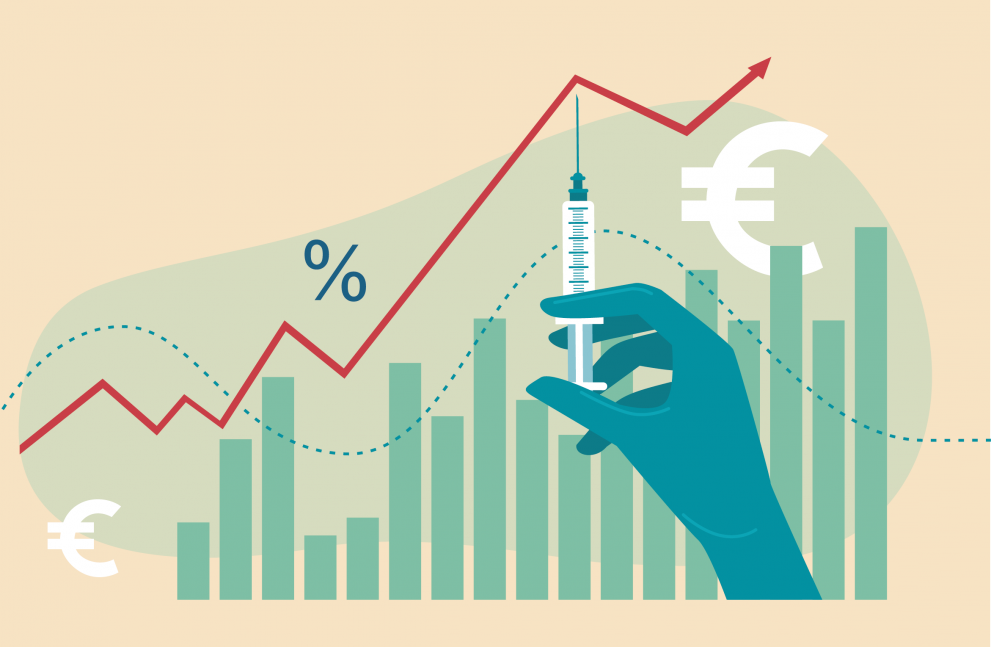
In a JRC study, participants of EU-funded research projects in the fields of Alzheimer’s disease, breast cancer and prostate cancer claimed that their research already had an impact or that impact would be seen in the near future.
The study is based on a survey of researchers who have participated in projects during the past 20 years in the fields of breast cancer, prostate cancer and Alzheimer’s disease, which were funded under EU Framework Programmes FP5, FP6, FP7 and H2020.
The aim of the study was to understand what makes a project truly innovative and how scientific breakthroughs can eventually translate into tangible impact on public health.
A factual summary report published last year provides an overview of the 202 responses received. This is now complemented with an executive summary, and a synopsis report that presents a detailed analysis of the replies received. This includes insights obtained from phone interviews with 29 respondents.
Impact and challenges of EU-funded research
Results show that the majority of respondents considered that their research has already been impactful or will be in the near future. It was found that in general, the impact of biomedical research projects only becomes evident years after they finish. Several respondents indicated that to enhance impact, it would be beneficial to receive additional funding to continue their work beyond project completion but usually such funding is difficult to secure.
The survey also focused on identifying the most effective research strategies and models. “We found that projects developing novel diagnostic or prognostic tools often achieve more immediate impact”, comments Francesca Pistollato, JRC scientist and coordinator of the study. “We also saw that epidemiology based research has clear potential to generate translatable, human relevant results”, she adds.
It emerged that the use of complex in vitro models is very much on the rise, such as human-derived induced pluripotent stem cells (iPSC), tissue spheroids and organ-on-chip devices. Sophisticated computational modelling tools are also gaining more attention. According to many of the respondents, all these next generation non-animal approaches show promise to deliver significant innovation and impact in the medium and long term.
“Several survey participants consider that animal models are still unavoidable to conduct their research. However, some interviewees shared the opinion that often animal models do not recapitulate the complexity of human diseases and may therefore contribute to the failure of research results to translate into clinical impact”, explains Francesca.
Ingredients for success
Public engagement initiatives are becoming more popular, representing now an intrinsic part of project activities. Some respondents suggested that the involvement of professional science communicators could help maximise dissemination and outreach, reducing the risk of misleading communication and bridging the gap between scientific and non-scientific communities.
Major ingredients for success are considered to be: research strategy design; positive collaboration with project partners; international breadth; and a multidisciplinary approach.
Future research and funding strategies
This study represents a useful starting point to explore how to foster human relevance and increase translatability of EU-funded biomedical research, with a view to maximising impact on public health. The results can serve as an evidence base to inform future research and funding strategies, both specific to the disease areas examined and also more generally in the biomedical domain.
As an additional contribution to this activity, the JRC and the Commission’s Directorate-General for Research and Innovation are collaborating to define indicators to retrospectively measure societal impact of EU-funded research. Here the focus is on Alzheimer’s disease and other dementias, breast cancer and prostate cancer, which are all highly prevalent non-communicable diseases in Europe and worldwide. This activity will also investigate how the choice of methodological approach can affect translatability of research results.
Related Content
Details
- Publication date
- 18 October 2021
